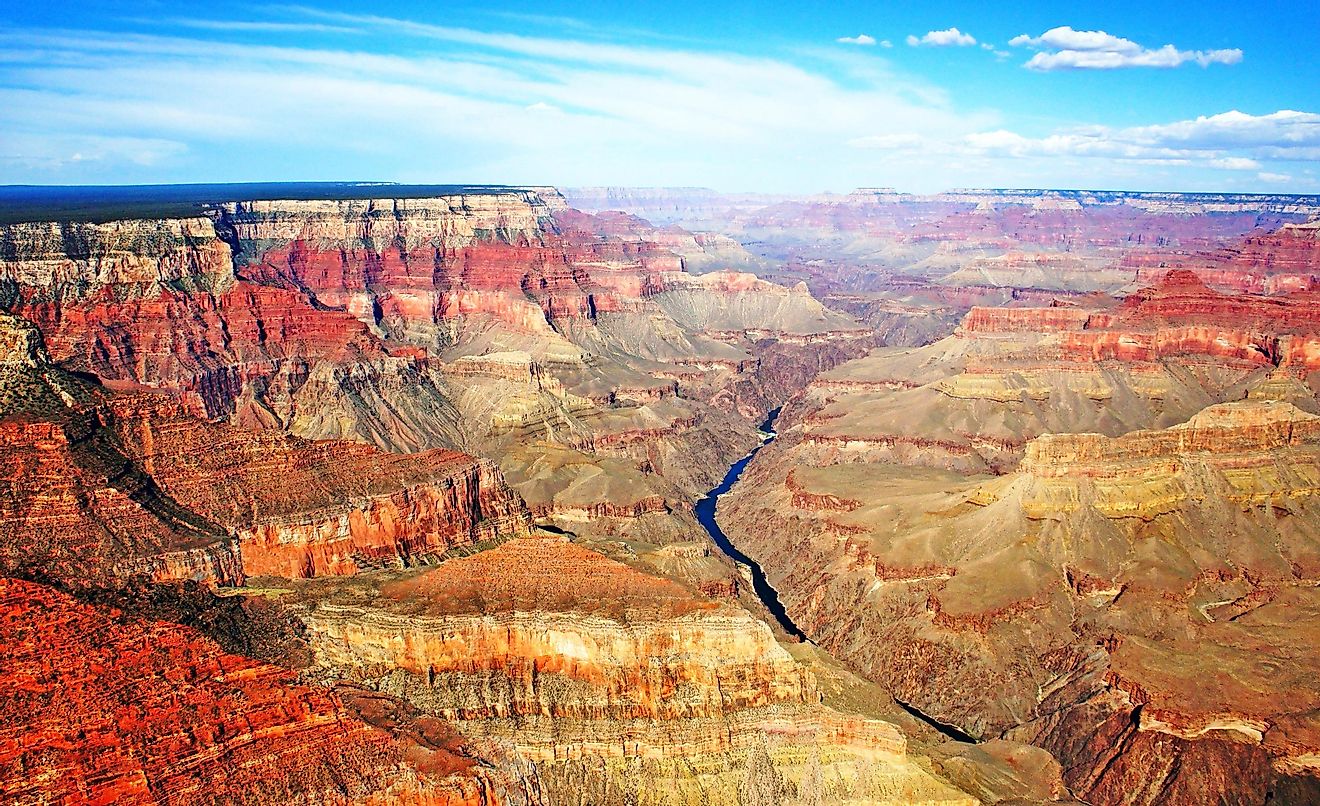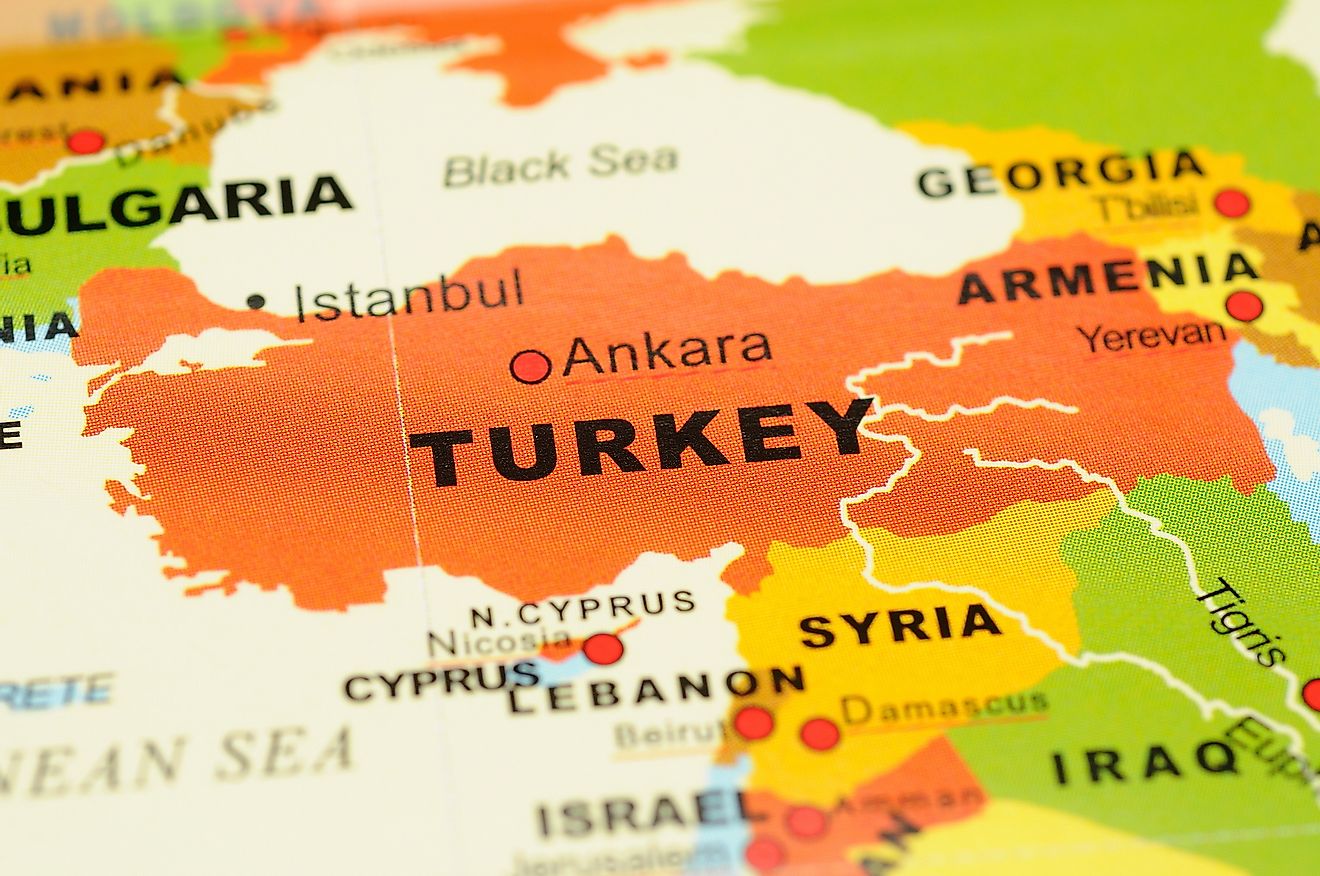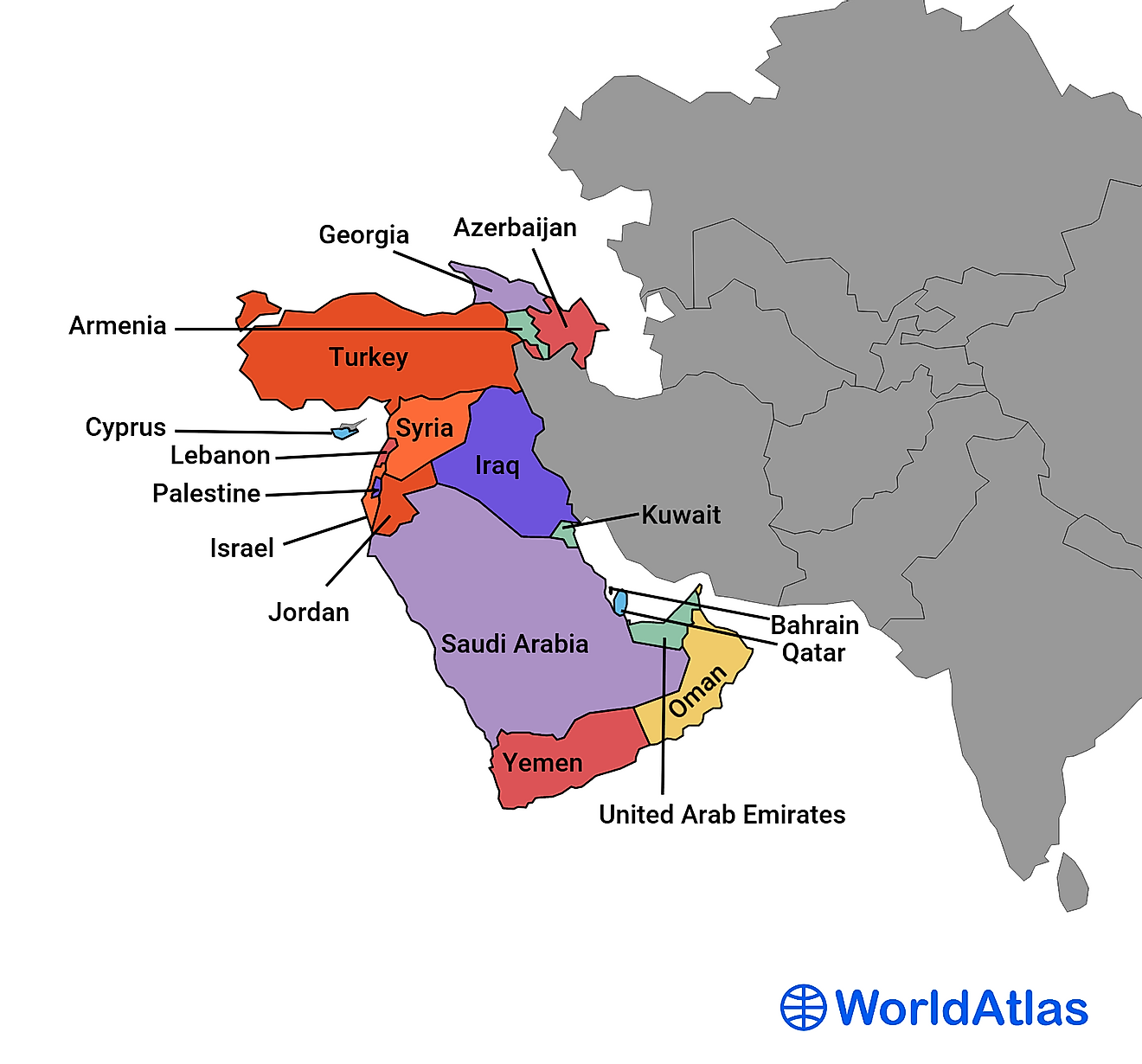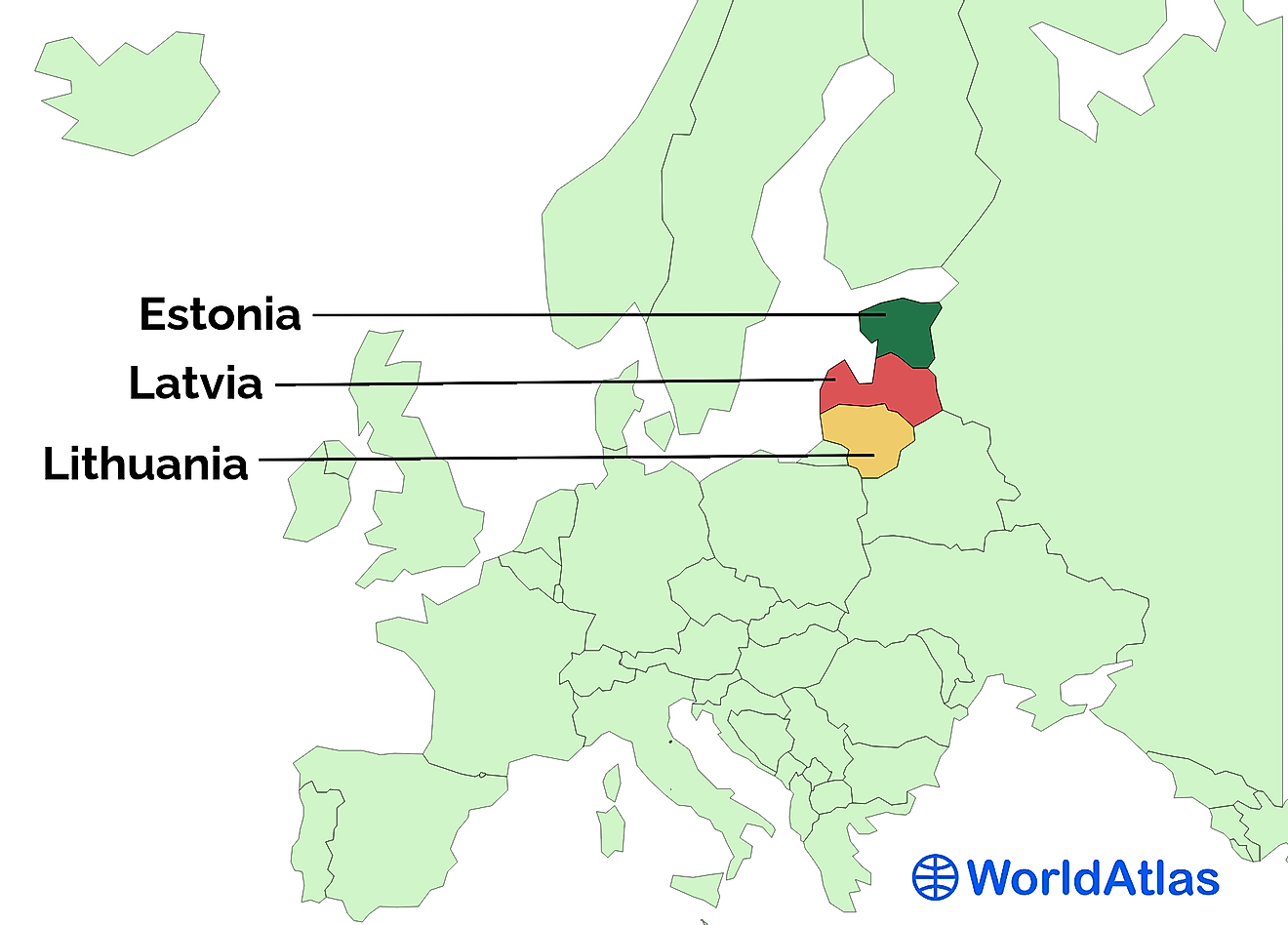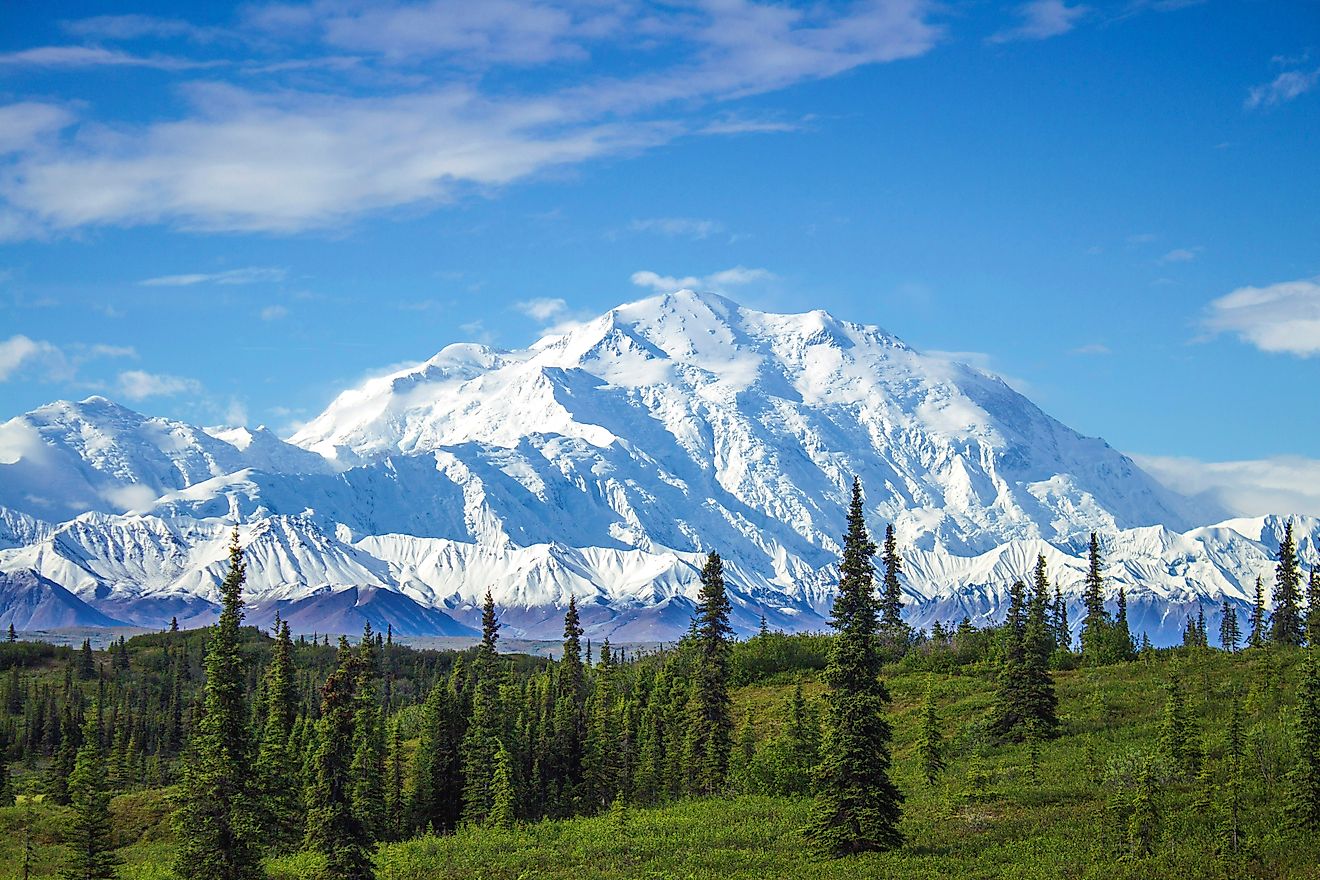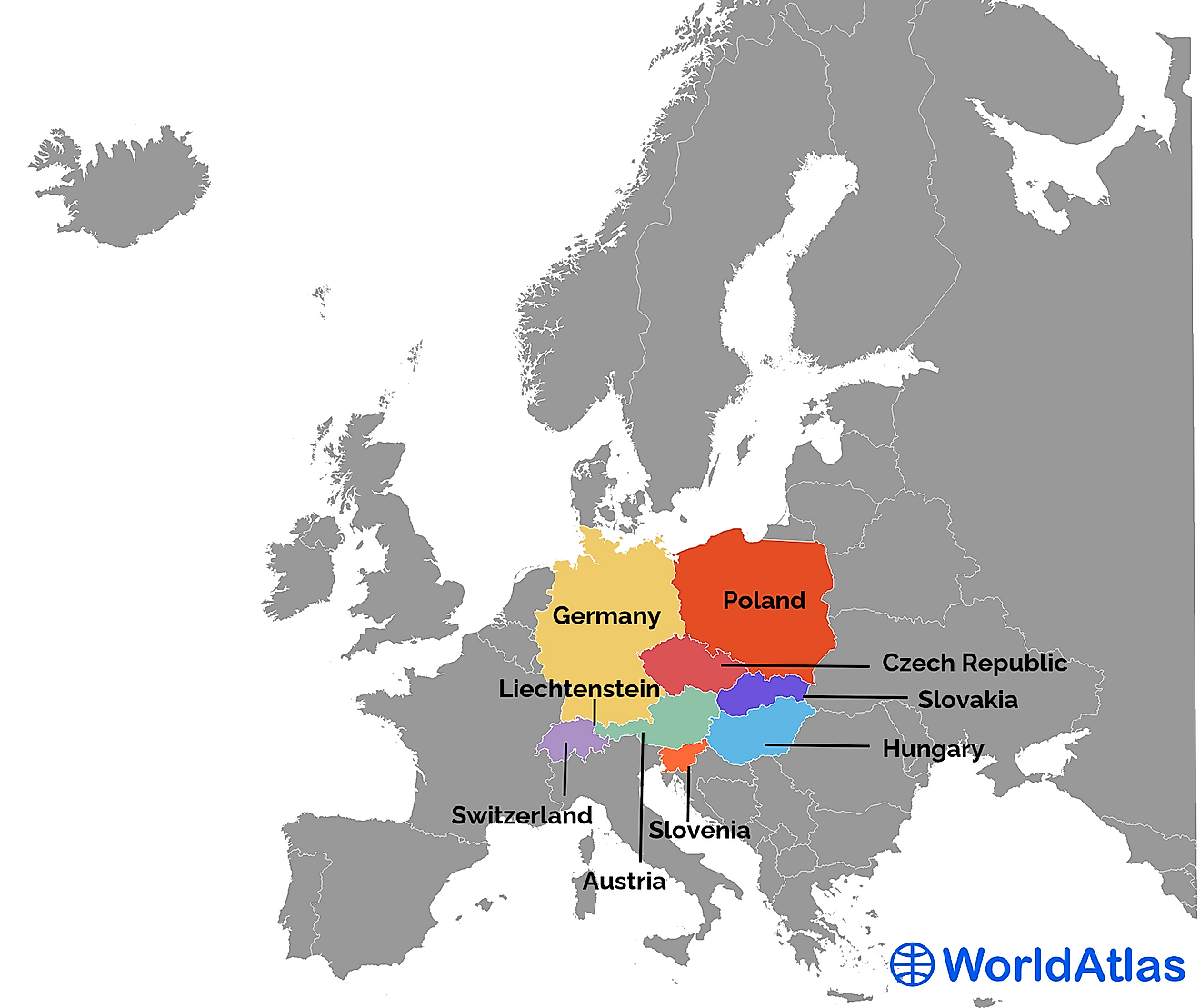Ways In Which A Tornado Can Kill You

- About 1000 tornadoes occur each year in the US with the most touching down in Tornado Alley.
- Tornadoes that occur around wildfires can potentially turn into fire tornadoes, sending a vortex of flames hurling towards the sky.
- Most people who die in tornados are killed by coming in contact with flying debris and suffering from blunt force trauma.
A tornado is a vortex of wind rotating violently, that creates a funnel-shaped cloud which moves in a narrow path over land, as part of a large storm system.
Each year, approximately 1,000 tornadoes are recorded in the US, according to the National Oceanic and Atmospheric Administration. Amazingly, this makes the US the most tornado-prone country in the world, with Canada coming in second with about 100 tornadoes recorded annually. Other countries around the globe that experience tornadoes relatively often include northern Europe, western Asia, Bangladesh, Japan, Australia, New Zealand, China, South Africa, Argentina, and the UK.
Given their strength and appearance, it would seem that tornadoes striking would result in many deaths. Surprisingly, they actually only kill about 60 people in the US each year, which is about the same number of people that are killed by lightning annually.
How can a tornado do you in? Here are ten ways you might die in a tornado, if you ever find yourself in one’s path.
10. Blunt Force Trauma
Most people who die in a tornado are not whipped up in the wind like Dorothy in The Wizard of Oz, to be destroyed like a bird flung to the sky. Tornadoes kill people more often by slamming them in the head with something hard. Generally speaking, potentially damaging objects such as shingles, glass, doorknobs, staircases, trees, and pieces of siding are what kill people in a tornado. These collisions cause extreme, fatal blunt force trauma. Tornadoes can be so strong they lift large trees from the ground, and tear the roofs off of shopping malls. When this happens, those nearby can be hurt or killed by the displacement of debris.
9. Rolling on the Ground
In odd cases, sometimes tornadoes do pick people up, which is obviously dangerous. When this happens, the winds can harm someone by trapping them between the tornado and the ground, rolling them around. This could potentially be fatal, if you were rolled around extensively.
8. Dropping You From High Heights

If you were to be picked up by a tornado, it is possible that you could be transported a ways and then dropped to the ground. If a tornado dropped you from a high enough height, the impact of hitting the ground could kill you, and the surface you land on could potentially kill you as well, if you were dropped on jagged rocks, or some other damaging surface.
7. Causing a Heart Attack

It is unlikely that a person who is in perfect health would suffer from a heart attack if they were subjected to a tornado’s powers. For someone who is living with underlying heart conditions, however, the sudden dangerous experience could cause a heart attack to happen, as with any unexpected danger.
6. Drowning
If a tornado lifts a person up and drops them down in a body of water, it could cause them to drown. Some people have also drowned in tornadoes when the room in which they were seeking shelter, such as a basement or a storm shelter, flooded and they were unable to get out. This happened to a woman in Oklahoma City in 2015, when an 8-hour stretch of severe thunderstorms coupled with tornadoes ripped through her area. This is an extremely rare event, and outside of a flash flood, a storm shelter is often a safer place to be than anywhere else during a tornado.
5. Car Accident

It can be difficult to drive in a severe storm and even more difficult if you happen to be caught near a tornado while driving. Should the strong winds grab a hold of your car, they can toss you quite far, even miles away, which can be deadly in the worst circumstances. Some are lucky, like one woman in Culman Alabama, who was on her way to work in 2011 when an EF-4 tornado touched down and lifted her inside her vehicle into the air. This woman survived but not without some incredible memories.
4. Fire

Tornados can also cause fires to start, as they often tear down electricity lines while wreaking havoc. If this happens near you, it could set surrounding debris on fire and present a potentially fatal situation.
There is also something called a “fire tornado” which is as horrible as it sounds, and this can obviously be fatal, should you be caught in one or struck by one. A fire tornado can manifest when the winds of a wildfire circulate to create a rotating eddy of air. This hot vortex can suck in combustible gases and burning debris in a deadly, traveling mixture. Watch out!
3. Electrocution

Should a tornado cause power lines to fall in your area, it is possible that you could be electrocuted while moving around your environment after the storm has passed. For this reason and othes, it is important not to venture into disaster areas after a tornado has passed, and to report any fallen electrical poles to local authorities.
2. Carbon Monoxide Poisoning
Some people resort to using portable gas-powered generators to provide heat and electricity after a tornado has taken out their power supply. It is important to never run one of these indoors, as the accumulation of carbon monoxide can quickly kill you. You can even be poisoned by having a generator running in your open garage. Over 900 people died of carbon monoxide poisoning from portable generators from 2005 to 2017, according to the Consumer Product Safety Commission.
1. Sucking the Air Out of Your Lungs
This is unlikely to happen, but it is true that it could kill you. If you were unlucky enough to be trapped inside the vortex of a tornado, it is possible that the sudden onset of negative air pressure and upwards winds could suck the air right out of your lungs. Yikes. Should this happen for longer than three or four minutes pulmonary specialists say you would die from a lack of oxygen in your system.
What should you do if a tornado hits your area? According to the Centers for Disease Control and Prevention (CDC) you should seek shelter in the lowest part of your home such as a basement or a storm shelter, if you have one. Get under something sturdy like a heavy table, and cover your body with a blanket or a mattress for added protection. Following this, cross your fingers and remind yourself that most people do survive tornados.

